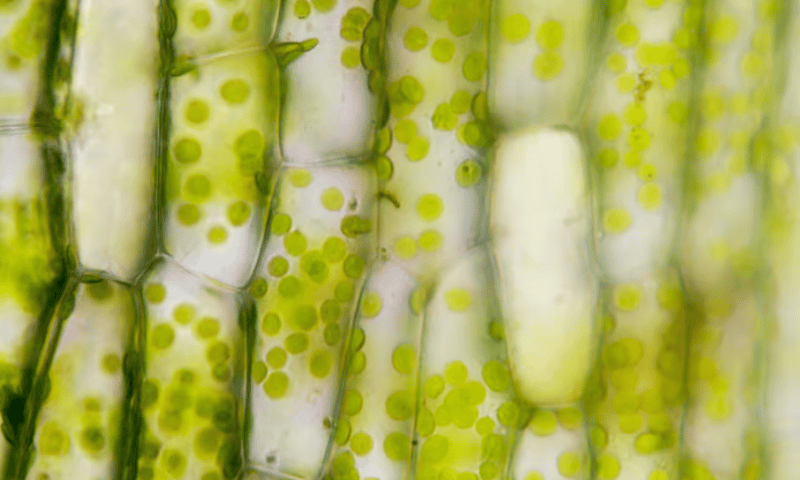A mechanism that helps plants survive in harsh environments could lead to new therapies for Huntington’s disease.
In a study published Oct. 2 in Nature Aging, researchers from the University of Cologne reported that transferring a synthetic form of a plant enzyme into human cells and worms prevented them from developing the pathological protein aggregates seen in Huntington’s. If replicated in larger animals, it could eventually form the basis of treatments that stave off the same process in people.
“Over the past years, we have seen several promising approaches to treating hereditary disease like Huntington’s fail,” Seda Koyuncu, Ph.D., one of the researchers involved with the study, said in a press release. “We are confident that our plant synthetic approach will lead to significant advances in the field.”
There is no cure for Huntington’s disease, an inherited disorder where nerve cells in the brain break down over time. Patients are given medications such as the antipsychotic haloperidol and the Parkinson’s drug amantadine to manage symptoms like hallucinations, loss of coordination and cognitive difficulties, which get progressively worse as the cells are destroyed. People with Huntington’s are typically diagnosed between the ages of 30 to 50 and die within 15 to 20 years.
While there are still many unknowns about the etiology of Huntington’s, it appears to stem from buildup of the mutated form of a protein called huntingtin, which is ubiquitous in the brain. A mutation in the gene HTT causes huntingtin to form with abnormal chains of glutamine, one of the amino acids that make up the building blocks of proteins. These polyQ repeats, as they’re called, cause the proteins to accumulate in deposits within cells, disrupting their function and ultimately killing them.
Many plant proteins have polyQ repeats too, but they don’t result in disease the way they do in humans and other animals. In fact, they actually help some species survive by acting as sensors that integrate internal and external cues. For instance, the polyQ repeats in the proteins of the weed Arabidopsis to help it figure out whether to flower or not based on the temperature outside.
With this in mind, the researchers at the University of Cologne wanted to see what would happen if they put mutated huntingtin protein in plants. Doing so revealed that an enzyme called the chloroplast stromal processing peptidase (SPP), found in the chloroplast—the part of a plant cell where photosynthesis takes place—would bind to and remove the mutated protein. When they used a chemical to impair the chloroplasts’ ability to use the enzyme, the protein built up, validating that SPP was responsible for keeping it at bay.
The scientists hypothesized that a form of SPP optimized for organisms other than plants might have a similar function. To find out, they developed a synthetic SPP designed to work in humans. They then transfected human cells with their SPP along with a mutated protein containing polyQ repeats. Analyses showed that there were fewer protein aggregates in the cells with the enzyme than those without.
After running additional experiments to help elucidate a mechanism, the scientists tested their SPP in C. elegans, a type of nematode commonly used in research on neurodegenerative disease because of its well-characterized genome and nervous system. The worms had been engineered to develop polyQ repeats and protein clusters like those seen in Huntington’s, which ultimately led to neurotoxicity and movement problems that are characteristic of the disease. When the researchers expressed a gene for the synthetic SPP in the worms, they didn’t develop the protein aggregates, nor the symptoms.
“Thus, our data indicate that SPP can prevent polyQ aggregation and subsequent neurotoxicity in C. elegans,” the researchers wrote in their paper.
The scientists ran additional tests to see if expressing SPP in the worms might have some off-target effects. They found that its expression had both inhibitory and stimulatory effects on a wide range of proteins, including some related to DNA replication and the assembly of muscle tissues. It’s not clear whether the changes were related to the benefits of SPP or other, less-desirable effects.
“Therefore, although SPP may alleviate disease-related protein aggregation and neurodegeneration, it might also have unintended consequences that require further investigation,” the scientists noted in the article.
The scientists have obtained funding from a German program to advance life sciences research to create a startup that will test out potential plant-derived therapies for diseases like Huntington’s, according to the press release.

